Wake Wood
For some people, if you said the word 'hammer' to them, they would immediately conjure a mental image of a wooden stick with a piece of metal at the end. But, for those interested in film, and particularly horror movies, a different image will appear: either of Christopher Lee has Count Dracula or of a rustic pub with villagers warning a newcomer to the area of a great evil. For a fairly long period from the late 1950s to the 1970s, Hammer Productions at Bray Studios made numerous films, predominately horror movies, and some of the most memorable British genre films in that period. However, they couldn't keep up with the times and newer and more interesting films from the United States made the output from Bray Studios look a little antiquated and creaky. Recently, however, Hammer has undergone a resurrection of which Count Dracula would be proud with the big budget Let Me In (a remake/reimagining of the magnificent Swedish film Let the Right One In) securing positive reviews on both sides of the Atlantic.
The latest film from Hammer harks back to the early 1970s and the days of films about pagan rituals, sacrifice and a country village where people keep themselves to themselves and things are done as they always have been. Wake Wood is such a place, deep in rural Ireland, where Patrick and Louise Daly, a vet and a chemist, respectively, have relocated following the tragic death of their daughter, Alice. Quick to fit in and accept the ways of the village, Patrick works as the local vet with his wife behind the counter of the pharmacy. The locals have accepted them because Patrick is excellent at what he does, with an opening scene showing him delivering a calf by Caesarean section, and his friendly demeanour, coupled with his professional excellence, means that he and Louise are welcomed and accepted.
Over the course of three days, Louise recognises that something very strange is happening in Wake Wood as a villager comes into the pharmacy with a pallid and bemused young girl who asks if the shop has recently been redecorated. Not thinking much of this at the time, the incident is brought into sharp focus when, three days later, a strange drum-led parade escorts the girl away from the village and into woodland.
Sensing their mourning, mental fragility and desperation to have their daughter back in their lives (it seems that Laura is unable to bear any more children), the village elders approached the Daly's with a proposition. This is no ordinary deal but one that involves the occult, pagan belief and will inevitably put an immense amount of strain on the Daly's marriage and their relationship with the village to breaking point.
Wake Wood is a film that reminded me of that great double bill from 1974: The Wicker Man and Don't Look Now in its portrayal of parental grief and the belief in sacrifice to bring forth life via ritual. Considering I was less than enamoured with Matt Reeves' adaptation of John Ajvide Lindqvist's novel, I have to admit to being a little wary of this latest release from Hammer. My initial scepticism disappeared extremely quickly as it became clear that this was a very different beast with a terrific setting, intelligent writing by Brendan McCarthy and David Keating, who also directs with a deep knowledge of horror and all the nuances that make films work.
The cast, led by Aidan Gillen and Eva Birthistle (who I recognised from The Wire and The Children, respectively) as Patrick and Louise are all utterly convincing and provide the same sort of village atmosphere as in The Wicker Man. I was surprised to see Timothy Spall as Arthur, Wake Wood's patriarch but I wasn't at all surprised by his fairly accomplished Irish accent and the whole film stays away from the 'Begorrah' image of Ireland that is a feature of so many American films and their romanticised image of 'The Emerald Isle'. The saying 'never work with children or animals' is not because they cause you a lot of trouble, but is because they are bound to upstage you and this is undoubtedly the case with Ella Connolly, who is an exceptionally gifted child actress whose performance belies her tender years.
This is a deeply intelligent, unnerving and moving film that could have been made 40 years ago and, problems with the censors aside, would have fit in extremely well with films like The Wicker Man and those set in small communities that tend to run by their own rules. Whilst the supernatural element may seem a little far-fetched, everything else in Wake Wood seems extremely grounded and even otherworldly as the wind turbines that are on the outskirts of the village do not feel like progress is on the way but something strange and from a different time.
The Disc
Extra Features
Deleted Scenes (13:58) basically show that Brendan McCarthy knew his stuff when it came to the editing process as none of these cry out for reinsertion or are desperately missed from the finished film. They are an interesting watch, if only to see what could have been.
Cast and Crew Interviews (20:22) begins with (separate) interviews with Brendan McCarthy, David Keating and producer John McDonnell talking about the script writing process and how the film came to be made before moving on to the shoot itself with contributions from Aidan Gillen, Eva Birthistle and Timothy Spall. The whole piece is interspersed with clips from the film so you don't just have 20 minutes of talking heads.
There is also the main trailer and a teaser trailer.
The Picture
Wake Wood receives a very clear anamorphic widescreen 1.78:1 transfer with good definition, colours and contrast levels. As most of the important scenes take place in lowlight situations, the latter is perhaps the most important as detail is not lost when you have a night time ritual or a scene in the woods. For the most part, the film has an extremely muted palette that shifts carefully according to the mood and tone and influences your viewing experience without you really being aware of what's happening.
There aren't a great many scenes that require CGI or SFX make-up but, when these are there, they are extraordinarily effective and, though the majority of the violence is off screen, you see the effects on the characters as they visibly change. This is most important when it comes to Alice and the gradual shifts in her countenance as the film progresses.
The Sound
The only audio track available is Dolby Digital 5.1 surround, which does a very good job of presenting the dialogue clearly and allow the rather oppressive and slightly sinister soundtrack to put you on edge from the very beginning.
Part of the film's success in this respect is down to the excellent score by Michael Convertino which uses a variety of percussion and wind instruments to emphasise the pagan themes.
Should you require them, there are clear and well written English subtitles available.
Final Thoughts
Wake Wood is a film that will undoubtedly appeal to parents more than those who haven't had children as they will be able to relate to loss and what they would do to see a child again. However, as someone who doesn't have any children, I found this to be a thoroughly compelling and engaging film that shows there is a great deal of promise in the new and a revamped Hammer brand. It is certainly a much more rewarding and haunting film than the similarly themed, but ultimately disappointing 1989 horror film, Pet Sematary.
The disc may not be replete with extra features, but what there is is well worth a look and the AV quality is of a very high standard so this is one for both devoted horror fans and those with a casual interest in the genre.
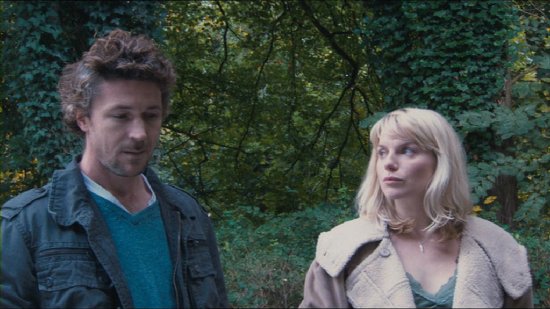
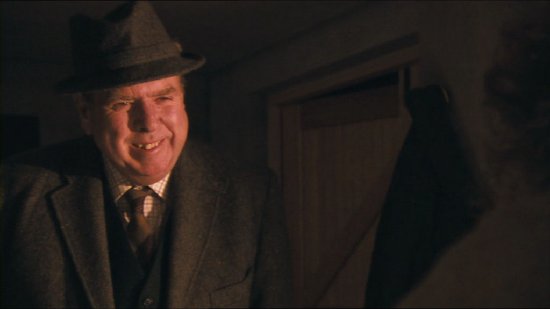
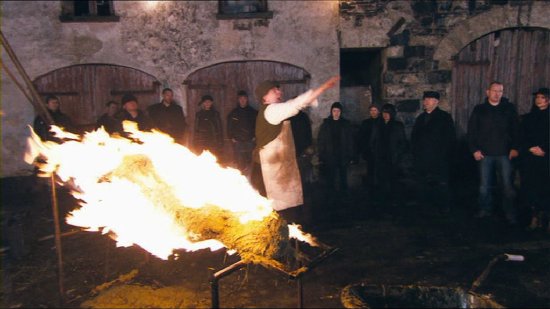
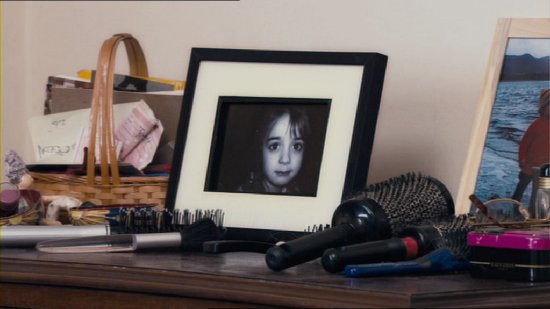
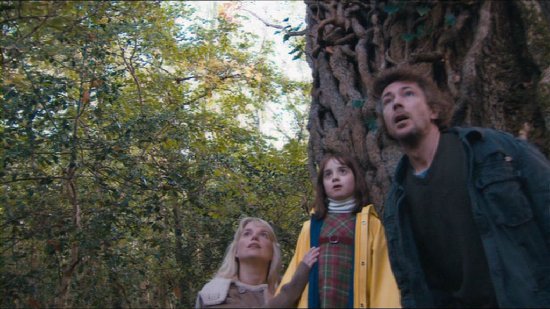
Your Opinions and Comments
Be the first to post a comment!